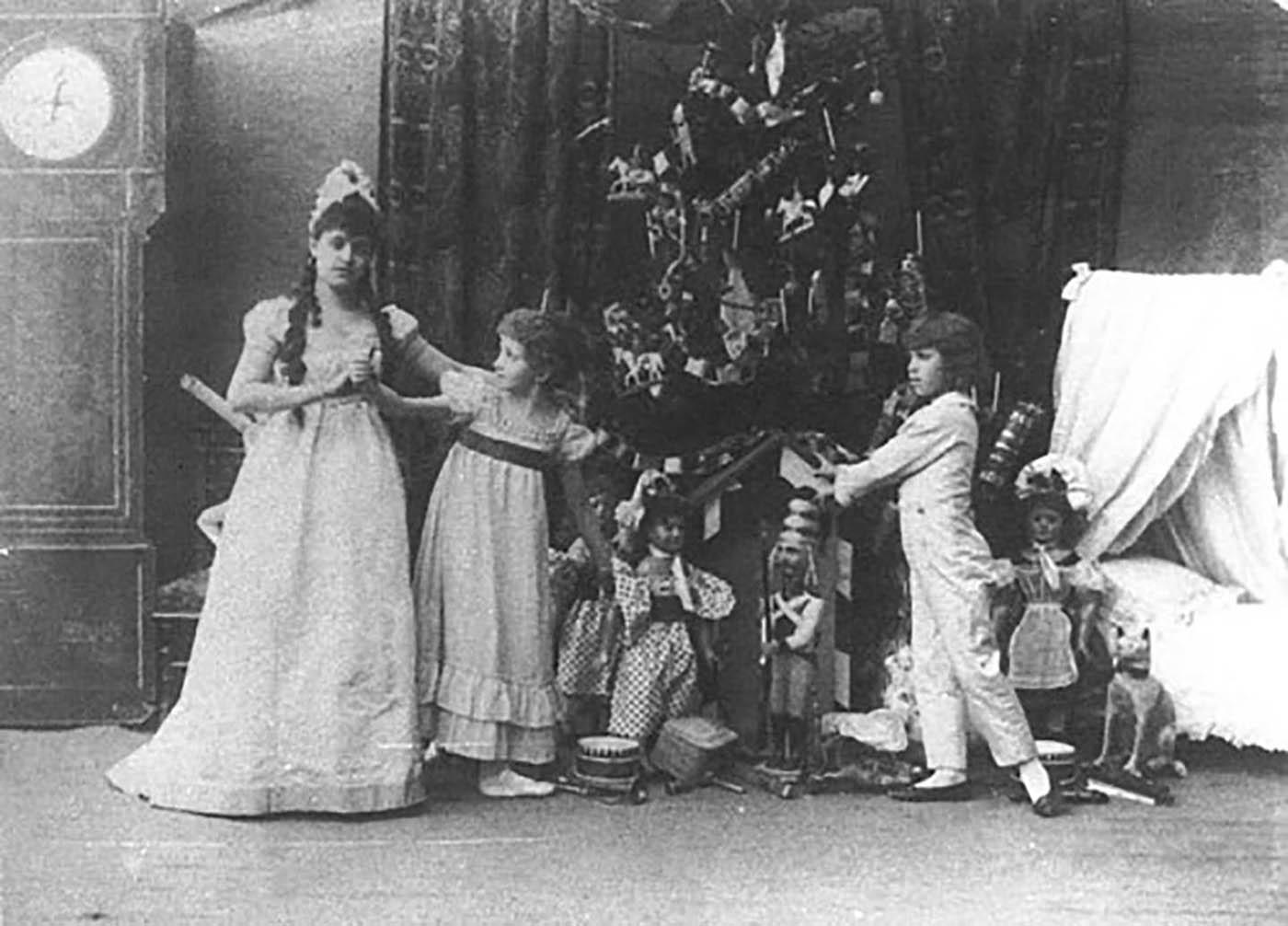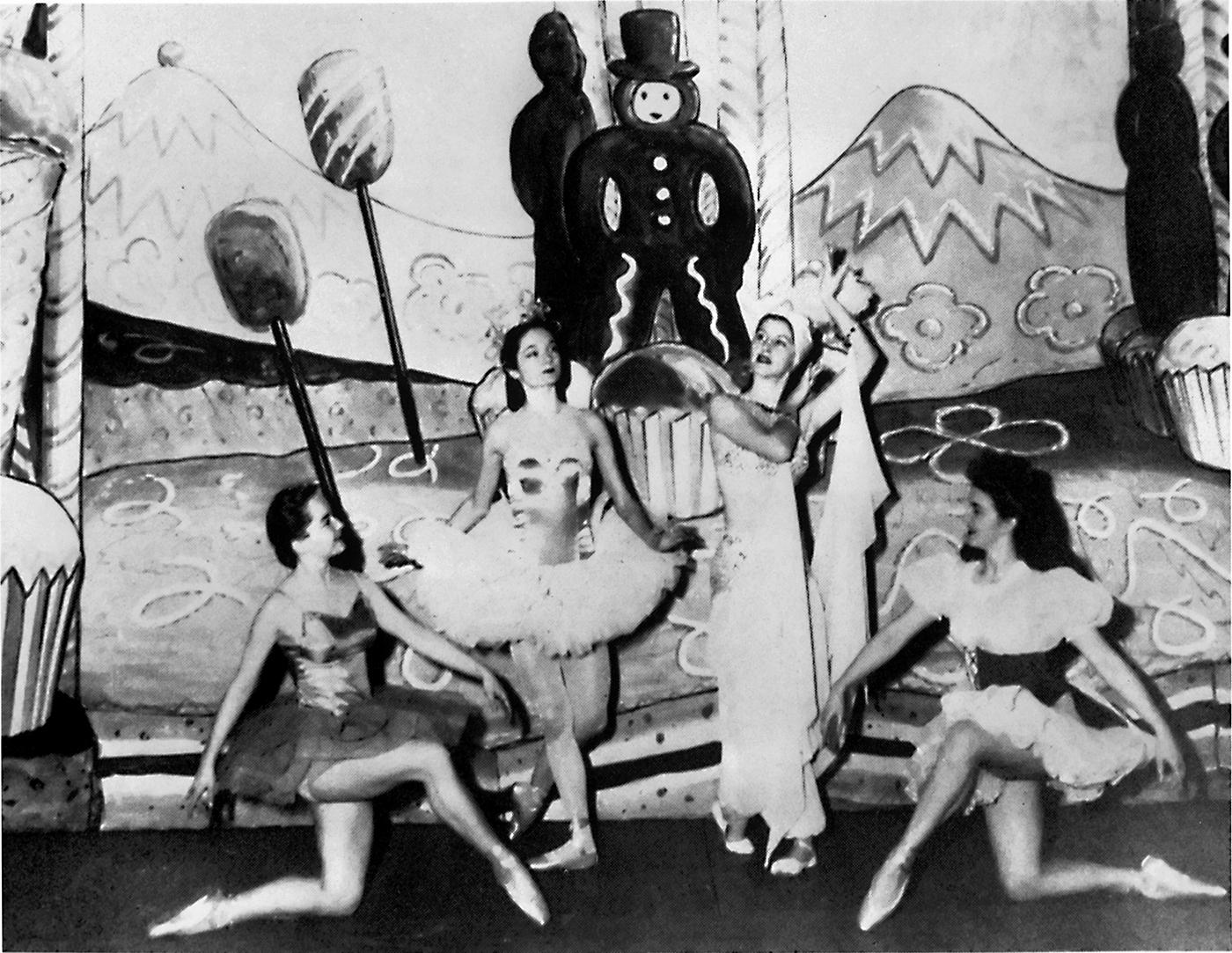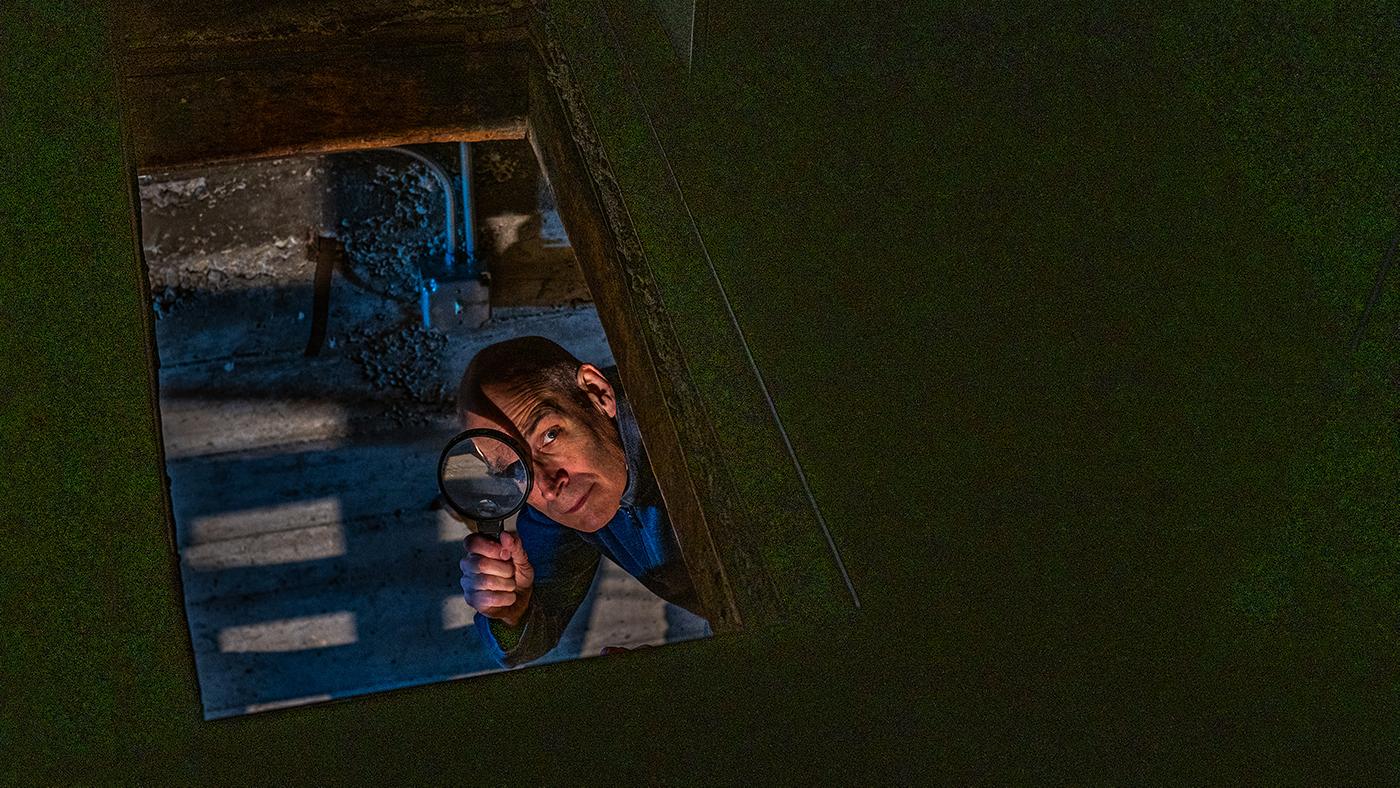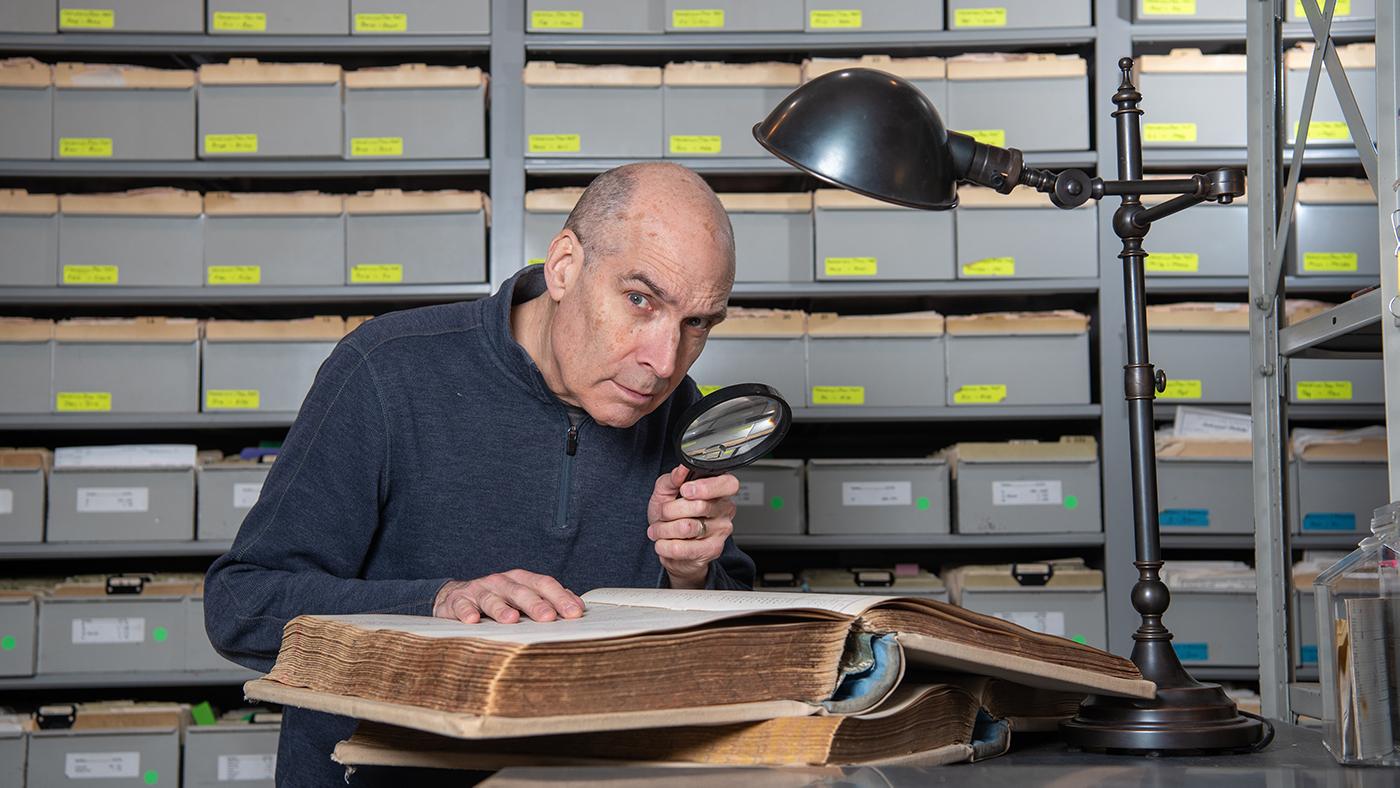How 'The Nutcracker' Became a Holiday Tradition
Daniel Hautzinger
October 30, 2017

WTTW goes behind the scenes as the Joffrey Ballet creates a new Nutcracker in Making a New American Nutcracker, which is available to stream at wttw.com/nutcracker.
It’s a popularly espoused – and mostly true – chestnut that one of the most popular ballets of all time was disliked by its composer and a flop at its premiere. While composing The Nutcracker in the summer of 1892, Piotr Ilyich Tchaikovsky wrote in a letter to his nephew that “This ballet is far weaker than The Sleeping Beauty – no doubt about it.” Two years earlier, The Sleeping Beauty had been a glorious success. But as The Nutcracker slowly came into being, all sorts of problems beset the production and Tchaikovsky, causing him to doubt his work.
The libretto for The Nutcracker was an adaptation of an adaptation: it is based on E.T.A. Hoffmann’s popular 1816 story “The Nutcracker and the Mouse King,” but in a version by Alexandre Dumas, the author of popular novels such as The Three Musketeers. The idea to use the story as the basis for a ballet came from the impresario and director of Russian imperial theaters, Ivan Vsevolozhsky, who had conceived of The Sleeping Beauty. Vsevolozhsky and the ballet master Marius Petipa, who had choreographed The Sleeping Beauty, wrote the libretto for The Nutcracker and handed it off to Tchaikovsky to compose the music, with very specific instructions as to tempo and length of each section of music.
 The snowflakes in the original 1892 production of 'The Nutcracker.'
The snowflakes in the original 1892 production of 'The Nutcracker.'
As Tchaikovsky embarked on writing The Nutcracker, he was also in the process of composing a one-act opera, Iolanthe, which would share the bill at the premiere of the ballet. Struggling to compose, he asked for an extension of his deadline, pushing the opera and ballet’s premiere back a season. Already uninspired by the plot of the ballet and by his struggles with the score, Tchaikovsky received another setback: a beloved sister died.
But once he finally completed the music for The Nutcracker, Tchaikovsky seems to have put more stock in it, at least enough to arrange selections into a suite that he conducted in a concert in early 1892. Yet the ballet soon encountered another difficulty: Petipa, the ballet master, fell ill and left the task of choreographing The Nutcracker to his assistant, Lev Ivanov. Ivanov was reportedly disorganized and unprepared in many rehearsals, and his choreography may have left something to be desired.
At its premiere in St. Petersburg on December 18, 1892, the ballet met less-than-stellar reviews, some scathing (“It does not satisfy even one of the demands made of a ballet”), some backhanded (“It’s a pity that so much good music is expended on such nonsense”). While it continued to be performed on and off in Russia, the ballet only began to garner its immense popularity once it came to North America.
 The original 1892 production of 'The Nutcracker' received less-than-stellar reviews.
The original 1892 production of 'The Nutcracker' received less-than-stellar reviews.
Its first appearance on these shores was in 1940, on the double front of stage and silver screen. That year, the touring Ballet Russe de Monte Carlo presented a condensed version in New York City, staged by Alexandra Federova, and continued to perform it throughout America for the next two decades or so. Despite the touring of the Ballet Russe, however, the production could never reach as large an audience as that of the other Nutcracker that premiered in 1940: the animated selections from the ballet in Disney’s Fantasia. The dancing flowers and plants of that film’s Nutcracker segment probably helped popularize the ballet in this country.
Four years later, in 1944, San Francisco Ballet presented the first full-length production of The Nutcracker in America, with choreography by William Christensen. Christensen had never seen the full ballet and so asked two Russian dancers what they recalled of it. The advice of one of them, George Balanchine, was simple: forget the original ballet; just make your own.
 William Christensen's 'Nutcracker' for San Francisco Ballet was the first full-length production of the ballet in America. Photo: Courtesy MPDSF
William Christensen's 'Nutcracker' for San Francisco Ballet was the first full-length production of the ballet in America. Photo: Courtesy MPDSF
A decade later, Balanchine did just that for his New York City Ballet. Since Balanchine was a respected and well-known choreographer by that point, his choice to stage the ballet elevated it into something worthwhile in the eyes of many. He then brought it to a wider audience in 1957 and 1958 with nationally televised live Christmas broadcasts on CBS. As Jennifer Fisher writes in her history of The Nutcracker in America, Nutcracker Nation, “It’s hard to overestimate the impact of Balanchine’s seal of approval on The Nutcracker.” His version also introduced many aspects now considered integral to the ballet: a certain warmth and coziness, an emphasis on family, and the creation of Drosselmeyer’s nephew – who later becomes the Nutcracker Prince – as the “love interest” of the young Marie.
Following the televised versions, Nutcracker productions cropped up across North America in the late 1950s and early 1960s. The ballet’s prominent use of children made it attractive to many parents whose children were studying ballet, as it gave them an opportunity to appear onstage with professionals. The decline of religion in the second half of the twentieth century may also have contributed to The Nutcracker’s appeal: the ballet became an annual ritual for many families that could take the place of religious gatherings at the holidays.
 'The Nutcracker' continues to be hugely popular in America, leading to productions like that of Robert Joffrey, which was retired by the Joffrey Ballet last year. Photo: Cheryl Mann
'The Nutcracker' continues to be hugely popular in America, leading to productions like that of Robert Joffrey, which was retired by the Joffrey Ballet last year. Photo: Cheryl Mann
But Fisher believes the most important reason for The Nutcracker’s wild popularity in North America is simple: its association with Christmas. As she writes, “Nothing breeds success like a happy marriage between a major holiday and an appropriate performance.” Or, as Ashley Wheater, the artistic director of the Joffrey Ballet, put it, “Americans love holidays. And if you want the spirit of Christmas, go to The Nutcracker.”







